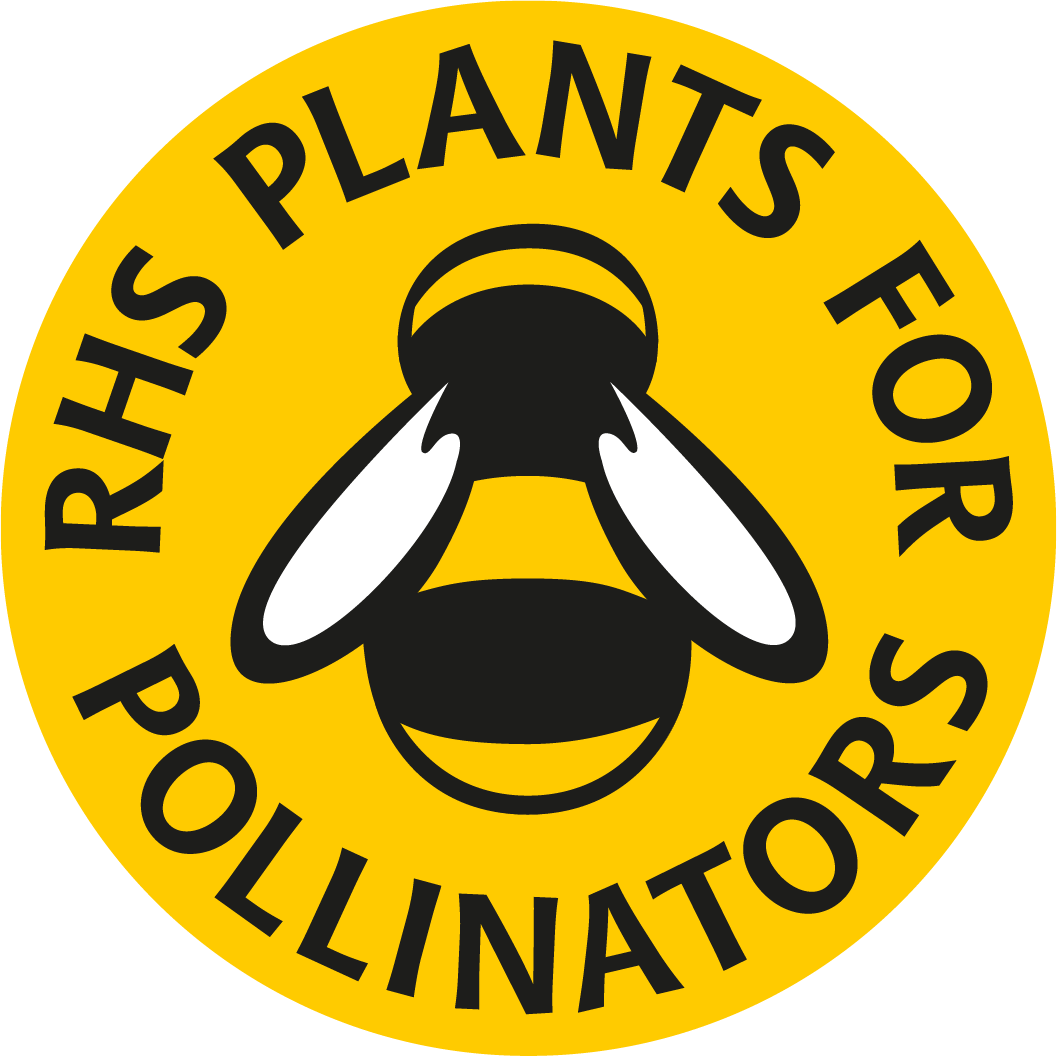Dandelions are a common wildflower – not a weed! Their bright yellow flower heads and “clock” seedheads are immediately recognisable. They grow all over the place, even finding scraps of soil in tarmac to grow in. They are pretty wildflowers yet so many people are determined to eradicate them from their gardens. Due to being so prolific, people tend to think of them as weeds – ie, an unwanted plant and will dig them out or spray them with toxic chemicals in an effort to get rid of them. But insects need Dandelions.


Yet, Dandelions are important wildflowers supporting more than 50 species of insects such as hoverflies, butterflies, moths, beetles, as recognised by the Royal Horticultural Society allocating them a place on their Plants for Pollinators list. They are an important early nectar source for early spring insects, such as bumblebees, who rely on them for sustenance as flowers are not prolific in early spring. The seeds are al;so an important food source for birds such as Goldfinches and Sparrows. They are also an important food source for larvae of butterflies and moths. Dandelions are, therefore, important contributors to the local biodiversity. What’s not to like – a lawn aglow with vivid yellow Dandelions and Daisies is a wonderful sight, unlike a sterile green lawn with no wildlife value at all.


It is infuriating that most UK councils feel they have to obliterate Dandelions and Daisies growing on verges and in parks. This need to have pristine, green areas devoid of wildlife, has to stop. UK wildlife is in enough trouble as it is with habitat loss due to a growing desire to build more houses, or farmers eradicating any weeds from their fields.

Gardeners are also at fault – adverts for chemical weed killer always show Dandelions as the victims of the poisoning, further enhancing the hatred of Dandelions.
Medicinal and Nutritional Dandelions
Dandelions are also nutritious! They contain Vitamins A, C and K, and minerals such as calcium, iron and potassium. They are a good source of fibre and have antioxidant properties. The leaves can be used in salads, sandwiches and teas. They can be used to regulate blood sugar, lower blood pressure and support a healthy liver. Indeed, every part of the plant is edible.
Help Wildlife by Growing Dandelions
The main thing you can do to help your local insect and bird populations, is to leave the Dandelions alone! Mow your lawn much less regularly and you will notice more insects visiting your garden.
Also write to your local council if you know where they are mowing verges and parks in early spring. Ask them to reduce their mowing regime in certain areas and explain why.
If you have no Dandelions in your garden, grow some! You can buy seeds and plants online.
Encourage your friends and family not to mow their lawns so regularly, or, if they really have to mow it, then leave a patch just for Dandelions and other wildflowers that might emerge.





